A collection of images and animations from scientific, engineering, and medical endeavors.
Don't wanna be here? Send us removal request.
Photo
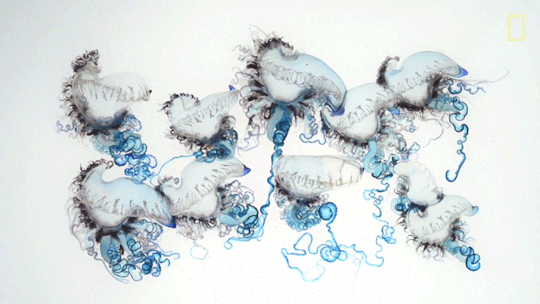
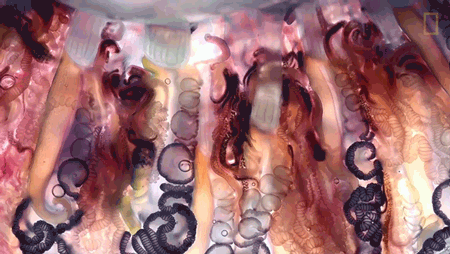
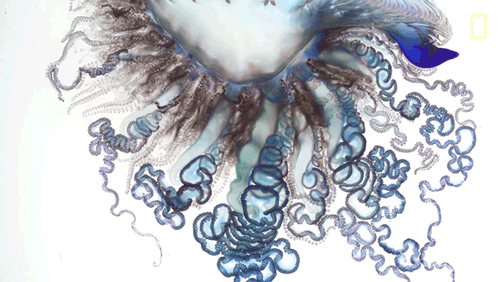
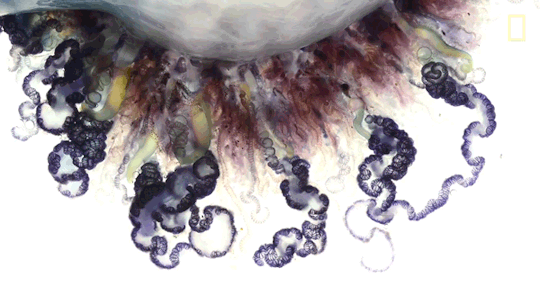
Up close and personal with a Portuguese man-of-war
8K notes
·
View notes
Photo
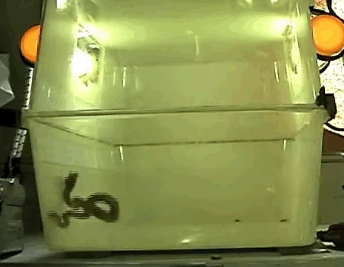
If you put a bunch of snakes on a plane (for science), you're subjecting them to microgravity. When you subject a cat to microgravity, it rolls over in an attempt to land on its feet. This isn't necessarily true with every animal. Some snakes, for example, seem to attack their own bodies.
Read why here, by Jason G. Goldman at io9.
EDIT from pavender: The snake in the gif is NOT attacking itself. It is "merely exhibiting a coiling response in an effort to regain their sense of grounding."
398 notes
·
View notes
Photo
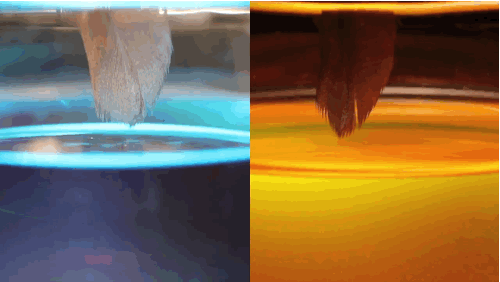
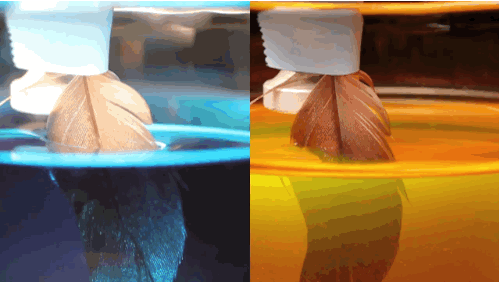
MIT researchers have unraveled exactly how water birds like ducks and cormorants keep dry when diving in up to 100 feet of water. The secret is a combination of water-repelling oil the birds spread on their feathers during preening and the tightly interlocking structure of the feather’s barbs and barbules.
By testing and modeling the action of water on a feather, they were able to see that the bird’s plumage doesn’t totally repel the liquid and can actually get wet when immersed. But the bird’s preening oil increases the energy needed for water to wet the feather. When the animal leaves the water, the wetting is reversed and the water is ejected off the feather.
"If a feather gets wet, there is no need for it to dry out, in the traditional sense of evaporation,” says Robert Cohen, a chemical engineering professor on the research team. “It can dry by directly ejecting the water from its structure, as the pressure is reduced as it comes back up from its dive.”
Read More
566 notes
·
View notes
Photo
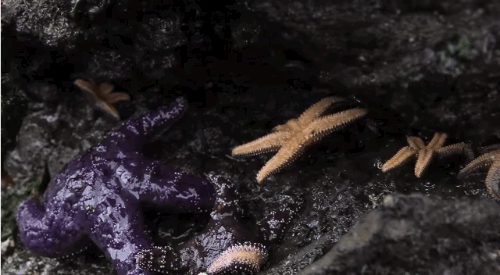
A small update on the wasting starfish disease: warm temperatures seem to be helping the disease spread faster, so the West Coast may see more die-offs as the summer progresses. The infectious disease could be spreading through the water itself, by physical contact with an infected starfish, or through mussels and clams that could be carrying the disease. More information here. Source here. In case you missed it, previous gifs of the disease in action here and here.
150 notes
·
View notes
Photo
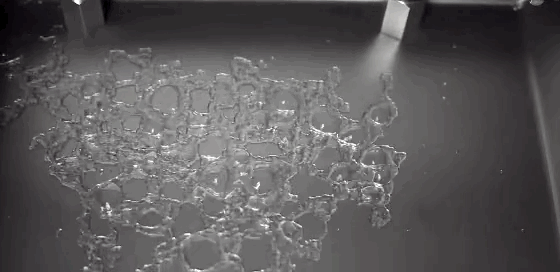
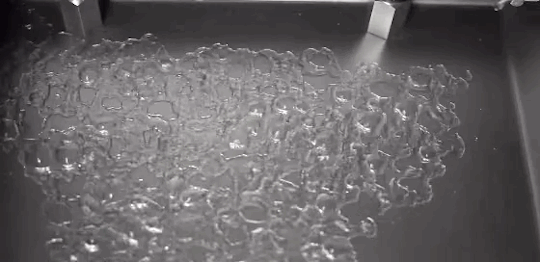
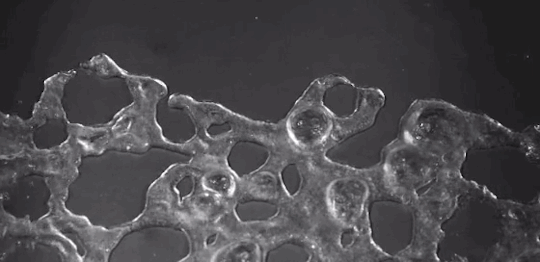
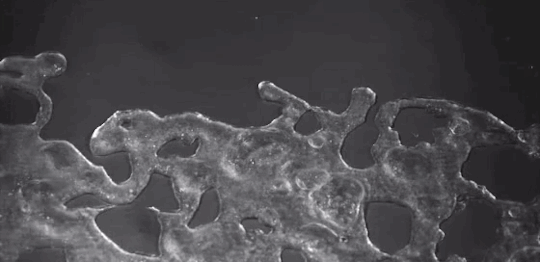
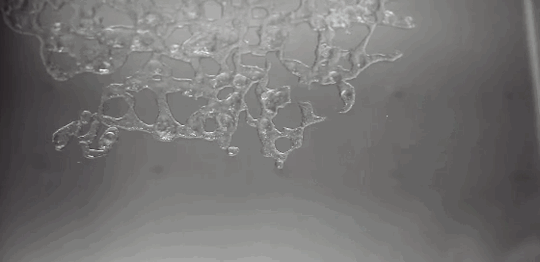
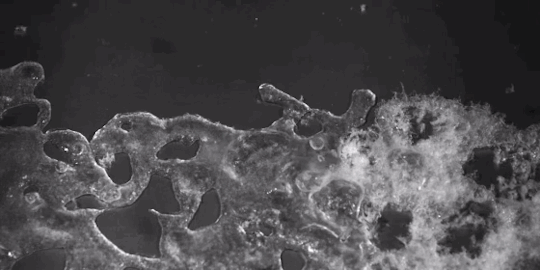
Liquid nitrogen in a vacuum. Best explained here. Source here. Seen via IFLS. Img. 1 is an overview in real time: as pressure drops in the vacuum, liquid nitrogen first boils then freezes. Img. 2 & 3 show liquid nitrogen boiling. Img. 4 shows liquid nitrogen freezing. Img. 5 & 6 show the frozen nitrogen abruptly and quickly restructuring into a more compact configuration, similar to snowflakes.
#physics#freezing#supercooling#pressure#vacuum#fluids#solids#crystals#nitrogen#liquid nitrogen#frozen nitrogen#solid nitrogen#original
599 notes
·
View notes
Photo
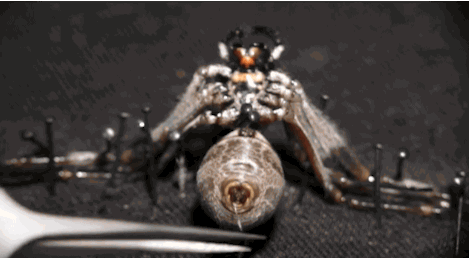
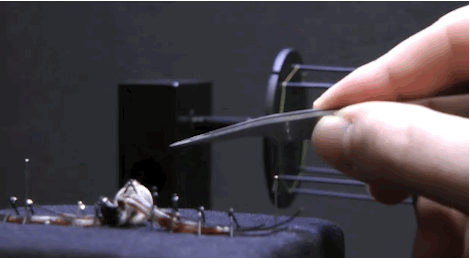
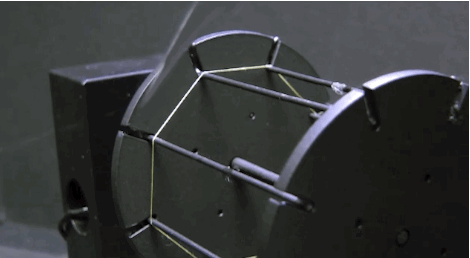
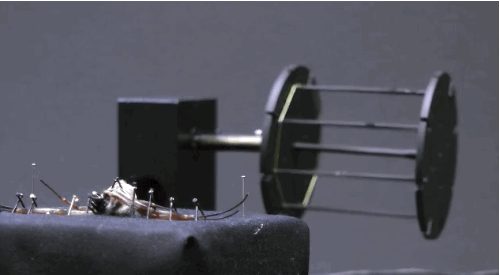
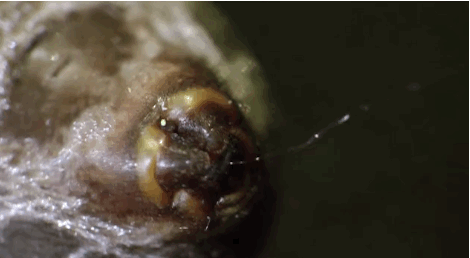
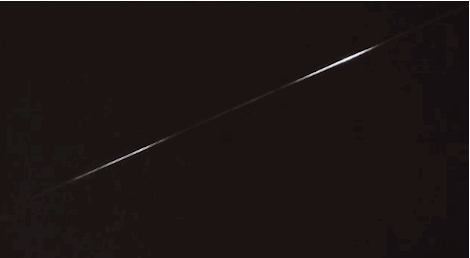
To harvest silk from a Golden Orb Weaver (Nephila edulis), the Oxford Silk Group sedates a spider with carbon dioxide gas and pins it down harmlessly. A technician extracts silk from the spinnerets with tweezers and glues the thread to a motorized spool. Once fired up, the motor can draw out 30-80 meters of silk in one session. In case you're worried, the spider is fine afterward. Read more at the source.
#spiders#arachnids#silk#techniques#silk drawing#extractions#materials#research#spider silk#webs#webbing#technology#tech#original
1K notes
·
View notes
Photo
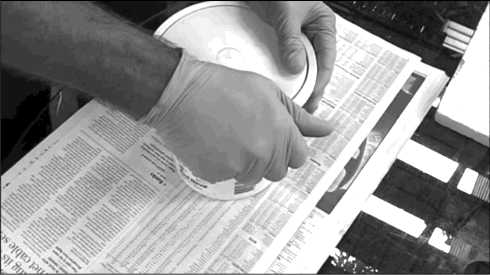
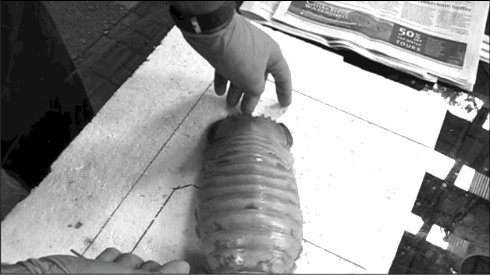
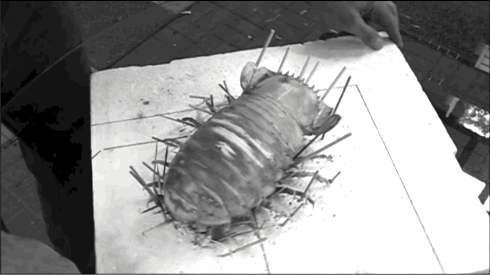
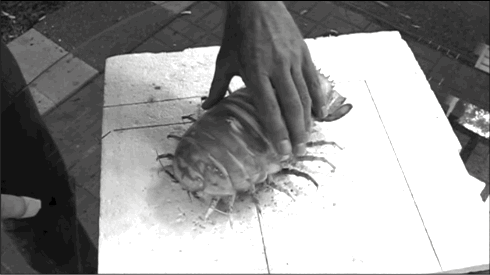
If you ever need to preserve your very own giant isopod (Bathynomus giganteus), hop over to insectsafari's instructional YouTube video.
#just for fun#isopods#giant isopod#preservation#techniques#specimen#specimen preservation#crustacean#original
190 notes
·
View notes
Photo
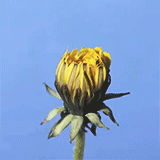
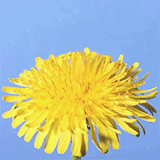
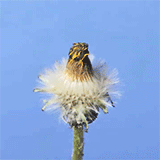
dandelion to seed head
609K notes
·
View notes
Photo


How to grow a bone without a body
TED Fellow Nina Tandon — a regular Poppy Pomfrey — has developed a new way to grow customized bones. How? Well, she regenerates a person’s own multi-potent stem cells. (Don’t worry, we’ll explain.)
What you see above is decellularized bone scaffolding, which serves as the mold for the bone. Then, fat stem cells from a human are added to this structure, which is placed in a bioreactor that allows the materials to combine. Three weeks later, voilà! You have mature bone.
So far, Tandon and her team have successfully regrown pig bone, which could be the first step on the way to growing human bones, and an amazing step forward in healing our bodies.
Find out more about Tandon’s work »
2K notes
·
View notes
Photo
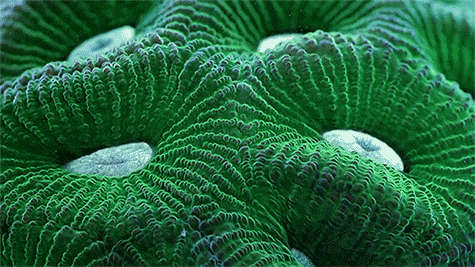
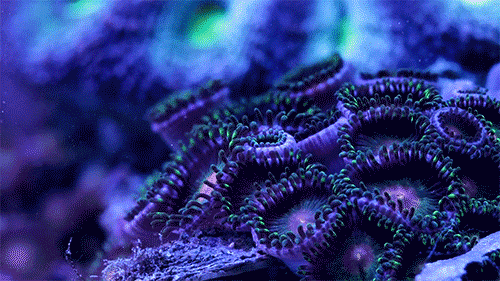
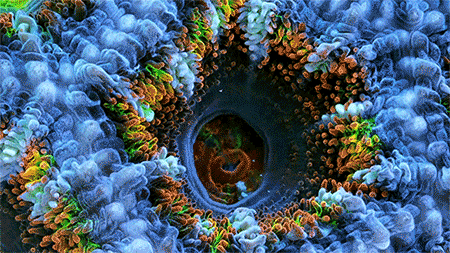
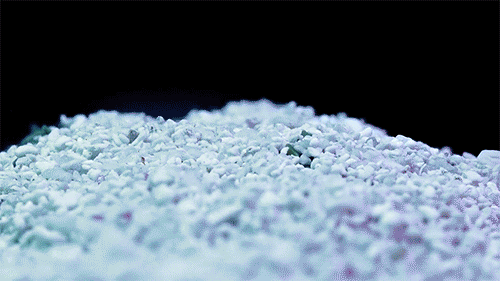
Slow Life: A Macro Timelapse of Coral, Sponges and Other Aquatic Organisms Created from 150,000 Photographs [VIDEO]
21K notes
·
View notes
Photo
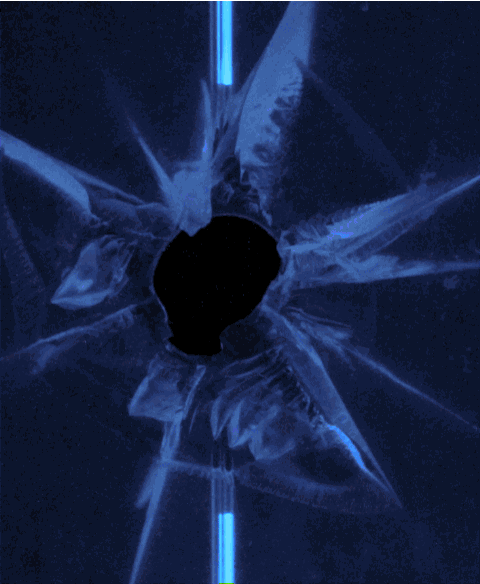
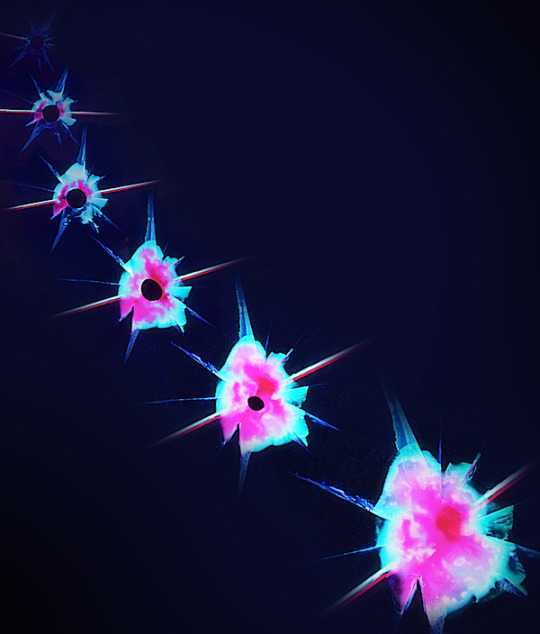
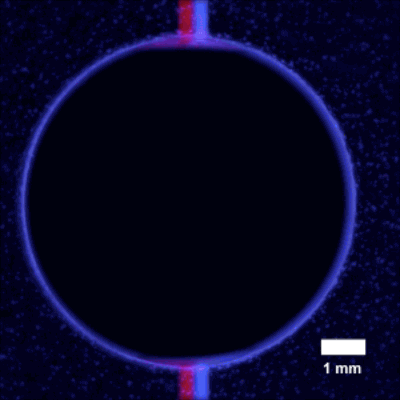
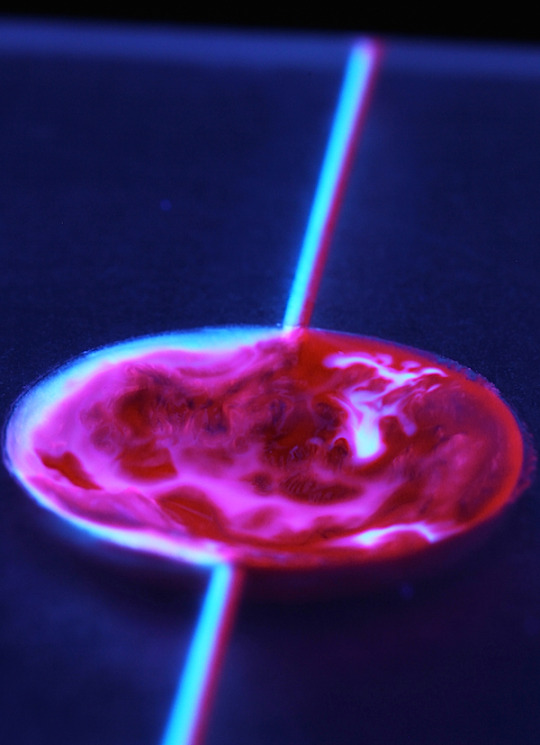
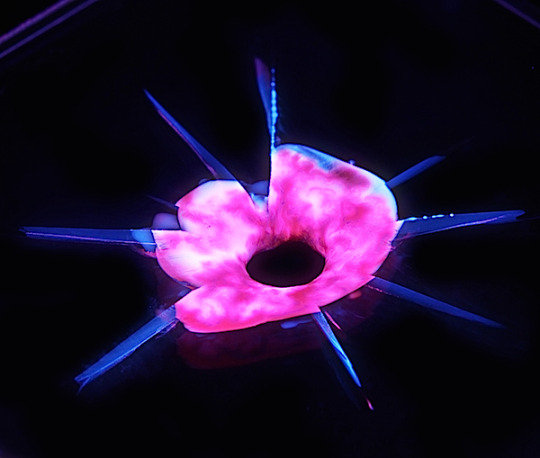
Material Heals Like Living Things
by Michael Keller
It’s pretty common to nick yourself while making dinner. You lose some blood. It hurts a bit, especially if some lemon or salt gets in there. But usually within minutes, the signs of automatic repair are evident.
Blood starts coagulating at the wound site. A clot forms to patch the injury, which eventually dries into a scab. Beneath, the body’s regenerative machinery is in full swing—regrowing damaged cells, hunting and neutralizing foreign invaders, and reconnecting cut links, vessels and fibers. Organisms can even recover from significantly more serious damage.
The same can’t be said for inanimate objects. There has been some success in the pursuit of self-healing materials, but that has only been shown for microscopic cracks and defects and certain films. Larger damage has required human intervention to make the fix.
University of Illinois at Urbana-Champaign (UIUC) scientists say they’ve taken a step in making polymer materials that can rebuild lost mass and repair themselves after suffering serious injury. Their work fixed holes that spanned 1.4 inches in diameter, which amounts to repairing damage 100 times the volume of previous attempts.
Read More
1K notes
·
View notes
Photo

The microgravity environment of space is an excellent place to investigate fluid properties. In particular, surface tension and capillary action appear more dramatic in space because gravitational effects are not around to overwhelm them. In this animation, astronaut Don Petit injects a jet of air into a large sphere of water. Some of the water’s reaction is similar to what occurs on Earth when a drop falls into a pool; the jet of air creates a cavity in the water, which quickly inverts into an outward-moving jet of water. In this case, the jet is energetic enough to eject a large droplet. Meanwhile, the momentum, or inertia, from the air jet and subsequent ejection causes a series of waves to jostle the water sphere back and forth. Surface tension is strong enough to keep the water sphere intact, and eventually surface tension and viscosity inside the sphere will damp out the oscillations. You can see the video in full here. (Image credit: Don Petit/Science off the Sphere)
#physics#fluid dynamics#microgravity#fluids#surface tension#capillary action#space#space experiments#nasa
3K notes
·
View notes
Photo
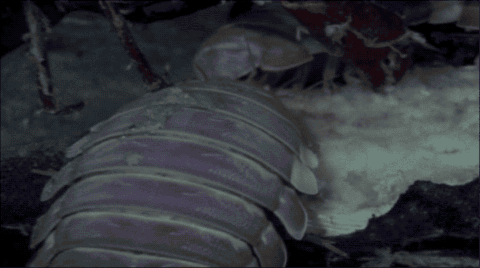
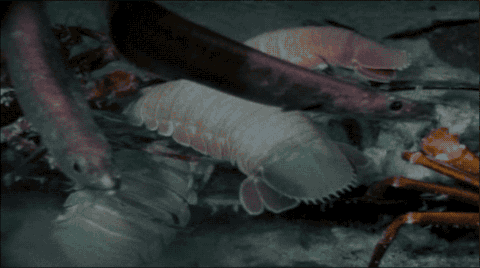
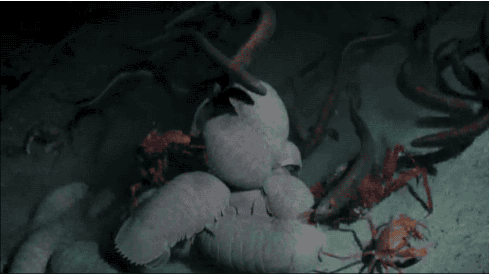
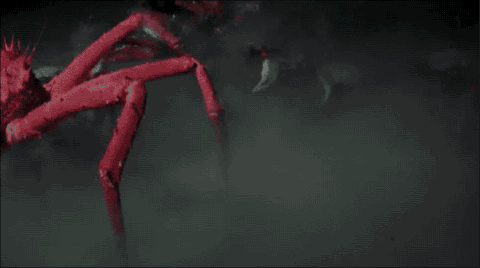
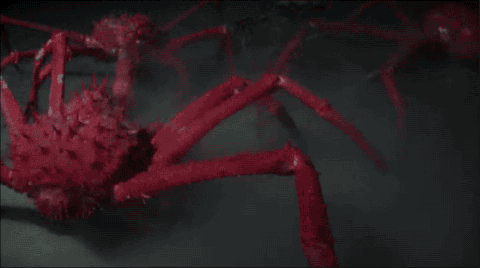
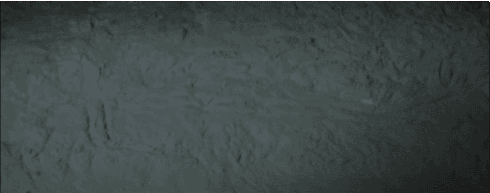
The feeding frenzy scene from Planet Earth: Ocean Deep (S1, EP11). A dead fish, probably a tuna, is completely devoured by deep-sea scavengers, including spider crabs, deep-sea eels, and giant isopods. The crabs are supposed to be a meter across while the isopods are about 1/3 meter (~1.09 feet) long. There's not much left of the fish after the scavengers are done. This time-lapsed footage was taken 2,000 meters (~6562 feet) underwater in the Gulf of Mexico, over a span of three hours. The BBC Natural History Unit worked with the "Scientific and Environmental ROV Partnership Using Existing Industrial Technology" (SERPENT) project to connect with industries that could help position their camera rig -- painstakingly designed to withstand the deep-sea pressure -- on the ocean floor for several days.
#deep sea creatures#eating#feeding#feeding frenzy#detritus#terrifying#ecology#ecosystems#oceans#deep ocean#original
2K notes
·
View notes
Photo
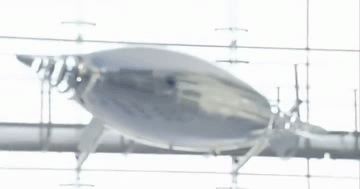
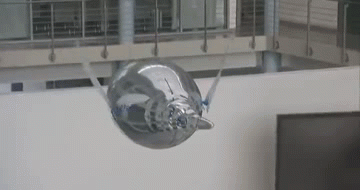
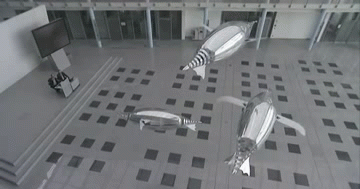
The AirPenguin, created by German automation company Festo, is an autonomous penguin-like drone that can move around freely in a defined air space through a microcontroller.
17K notes
·
View notes
Photo
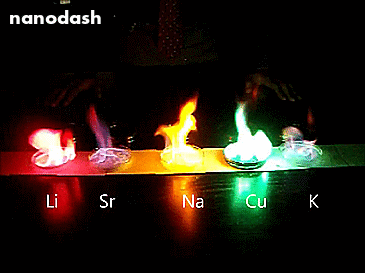
So this is what happens when you mix salts of different metals (Lithium, Strontium, Sodium, Copper, and Potassium) into methanol and then light that sucker.
Pretty colours is what.
Each metal has a different configuration of electrons orbiting in the atom. When the different atoms get energy from the heat, the electrons in the different metals will be excited by a different amount. When they de-excite they release that energy as light. Different metals release different eneriges. Different energies is different colours. The more energy, the violeter the light.
Using different metal salts is also how fireworks do the thing.
See the streetlight yellow in the Sodium (Na)? Well that’s because we use sodium lamps in streetlights
#chemistry#metal flame test#metals#salts#ignition#methanol#lithium#strontium#sodium#copper#potassium#atoms#lights#YOU'RE A WIZARD HARRY
35K notes
·
View notes
Photo
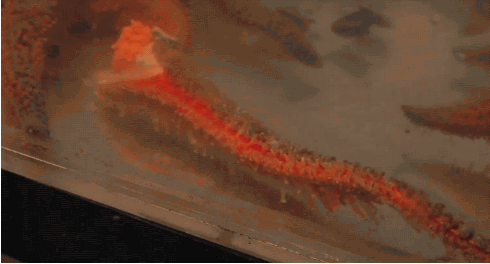
There is a wasting disease that causes sea stars' arms to walk away from their bodies. The arms do not regenerate like normal, and the starfish's body essentially disintegrates. The disease is affecting several species of starfish all along the West Coast (from Southern California up to Alaska) and a few places along the East Coast. Source (PBS NewsHour) here. More information here.
#biology#ecology#sea creatures#starfish#sea stars#wasting#disease#pathology#sickness#dismemberment#original
7K notes
·
View notes
Photo



Cubes fall through “Flatland”. On the left is a view of the cube in perspective; on the right is a view from directly above which represents what a two-dimensional person viewing the cube from within the plane would be able to perceive.
The top animation shows a square falling through flatland on its face. The slices are always squares. So our two-dimensional person would see “a square existing for a while”.
The second animation shows a square falling through flatland on one of its edges. The slice begins as an edge, then becomes a rectangle; the rectangle grows, becomes a square for a moment, and then gets wider than it is tall. At its widest, it is as wide as the diagonal of one of the square faces of the cube. The rectangle then shrinks back to an edge at the top of the cube.
The third animation is the coolest one! The cube passes through Flatland on one of its corners. In this case, the initial contact is a point, which then becomes a small equilateral triangle. This triangle grows until it touches three of the corners of the cube. At this point, the corners of the triangles begin to be cut off by the other three faces of the cube. For a short moment, the triangle turns into a certain regular polygon... As the cube progresses through the plane, the slice turns again into a cut-off triangle (but inverted with respect to the original one) and finally becomes an equilateral triangle once again as three more vertices pass through the plane. This triangle shrinks down to a point and disappears.
In the third animation, what regular polygon does the triangle turn into halfway through its fall? If you can’t figure out, maybe this artwork by Robert Fathauer will help. (Scroll to the bottom.)
If a 4D cube entered our dimension, what would we see? If you can’t figure this out, check out this awesome page. (Click the GIF links.)
7K notes
·
View notes